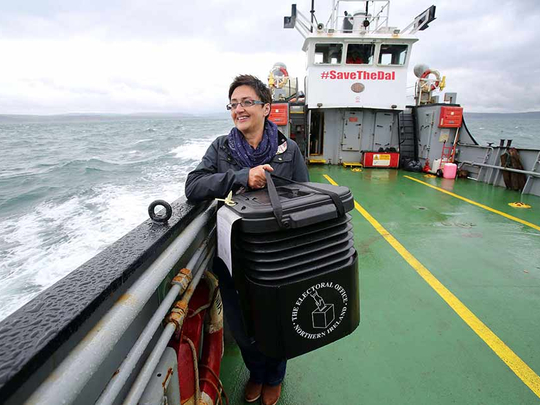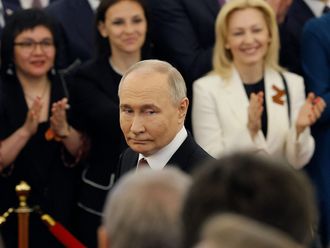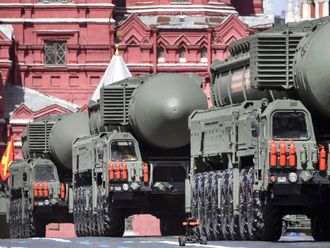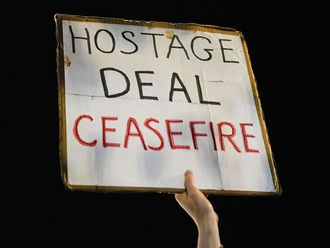
LONDON: With all the main opinion polls predicting no party winning a majority in Britain's general election on Thursday, the stage is set for complex negotiations that could result in four core scenarios.
Informal talks are expected to start as early as Friday once results are in, even as the key political leaders take part in commemorations for the 70th anniversary of the end of World War II.
The first newly-elected parliamentarians could begin making their way to London from Monday, the same day that the Labour Party is expected to hold its first parliamentary party meeting.
Beyond that little is certain except that MPs formally meet on May 18 and Queen Elizabeth II is due to deliver her traditional speech - usually written by the winning side - in parliament on May 27.
At the end of May or in the first week of June, parliament votes on the Queen's Speech - usually a vote of confidence in the new government.
If MPs vote against the policy speech, then the opposition would have two weeks for another vote. And if that vote too falls through, another election would become inevitable - an unprecedented outcome.
Barring this highly improbable worst-case scenario, the four results of the election that are seen as the most likely by pollsters are the following:
1. Conservative-Liberal Democrat coalition: A late boost for the Conservatives and a better-than-expected result for the under-pressure Liberal Democrats could bring the current government line-up back under Prime Minister David Cameron.
If the numbers do not add up to the required 326-seat majority, the Conservatives could also reach out to the Democratic Unionist Party from Northern Ireland.
2. Conservative minority: A more flexible option for Cameron could see the Conservatives going it alone if they end up winning the most seats but then cannot easily put together a multi-party coalition.
Like the Labour version of this scenario, a minority government could spell instability even if it is backed up by a formal agreement as it would leave the Conservatives prey to shifting political sands.
3. Labour-Liberal Democrat coalition: Not a front-runner but things could change quickly in the night between Thursday and Friday, particularly if Liberal Democrat leader Nick Clegg loses his seat.
While Clegg is seen as pro-Conservative, several senior members of the party and many of the rank and file are closer to the centre-left of Labour leader Ed Miliband who would then be the new prime minister.
Smaller left-wing parties like the Social Democratic and Labour Party in Northern Ireland and the Green Party could be brought into this arrangement.
4. Labour minority: Miliband has ruled out any post-election "deal" with the Scottish National Party even though they would be a natural centre-left ally, citing his opposition to their claim for independence.
Miliband has left open the option of the SNP voting to support a Labour minority government if they so wish. Conservatives have warned this means that Labour would be "held to ransom" by the SNP.












